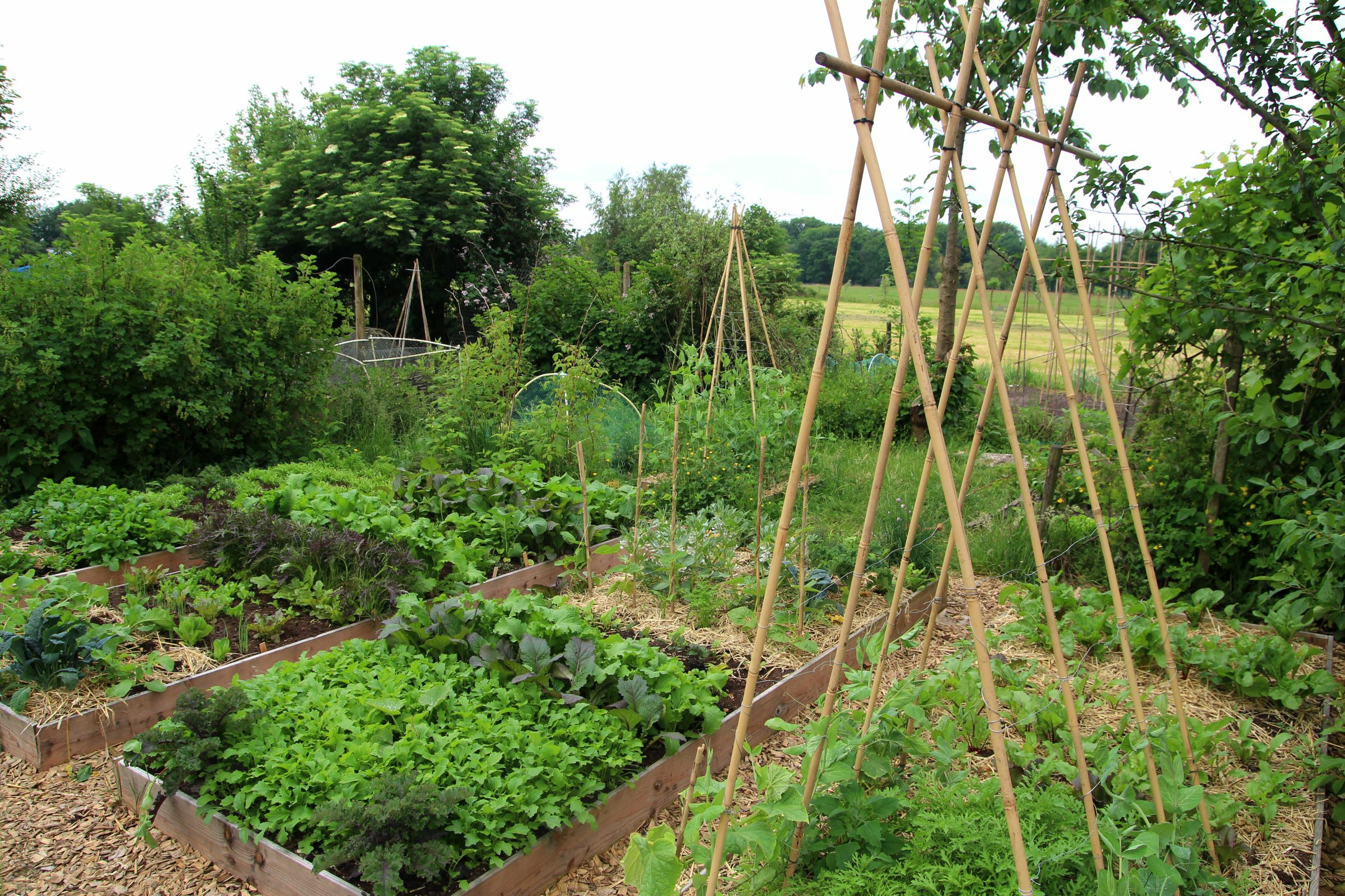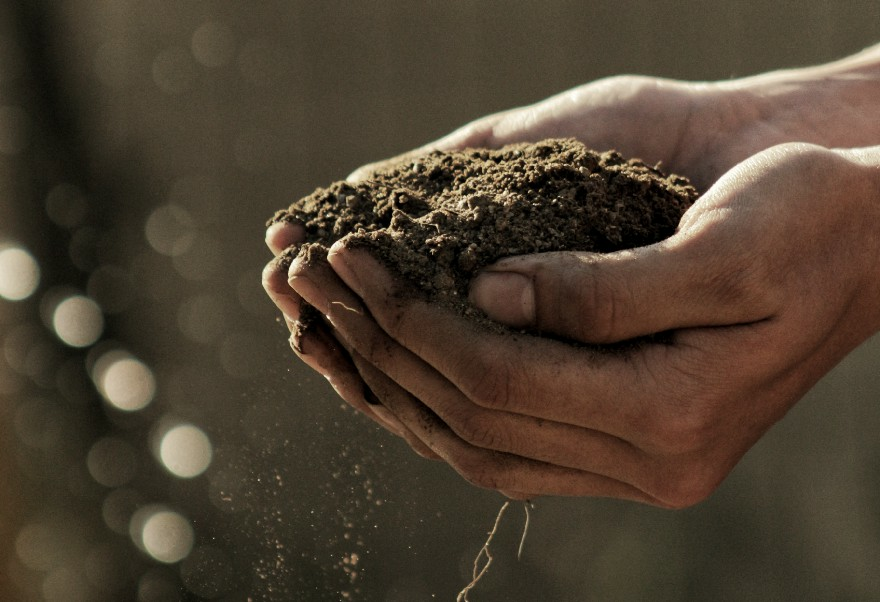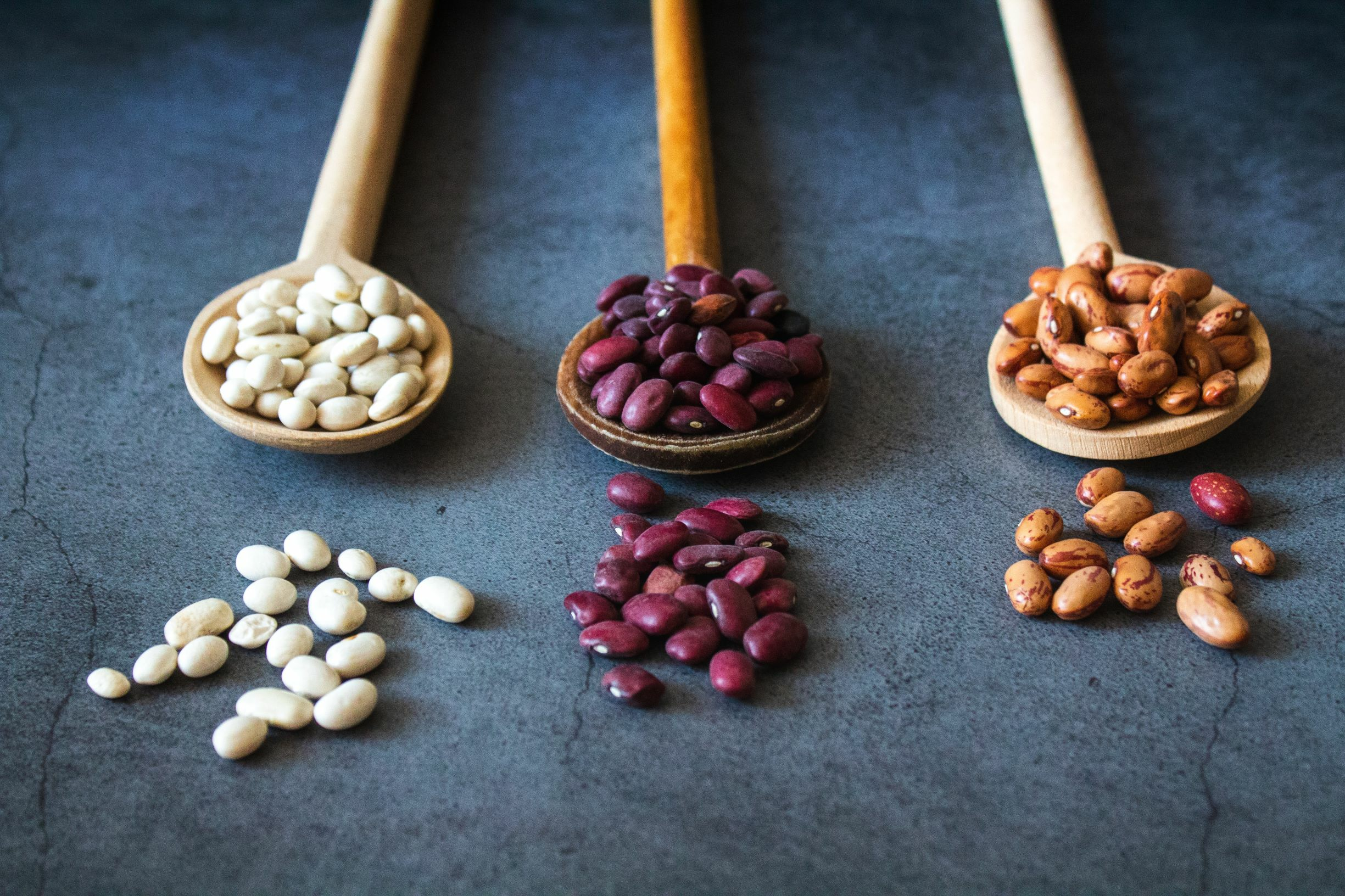Planting beans
Which beans are available?
There is a breathtaking variety of beans, but a rough distinction is made between bush beans, runner beans, runner beans and field beans. This distinction is mainly based on the growth habit. Bush beans tend to grow small and bushy, while runner beans grow up long stalks.
Varieties

Bush beans: Green varieties include 'Caruso', 'Marona' (early ripe) and 'Domino' (late ripe). The varieties 'Berggold' and 'Helios' form yellow pods. 'Purple Teepee' and 'Purple King' surprise with purple pods that turn green when cooked.
Runner beans: 'Berner Landfrauen' and 'Neckarkönigin' are adapted to our regional climate conditions. The purple 'Blauhilde' also turns green when cooked. Yellow bean varieties include 'Neckargold', 'Berner Butter' and 'Goldmarie'.
Fire beans: Red-flowering varieties include 'Preisgewinner', 'Butler' and 'Golden Sunshine', white flowers can be found in the 'Weiße Riesen'. The 'Painted Lady' is a mixture of these and has bicolored flowers.
Field beans: Early varieties include 'Witkiem', 'Dreifache Weiße' and 'Osnabrücker Markt'. Late varieties are 'Hangdown', 'Listra' and 'Perla'.
Sowing

Bush beans: Depending on the variety, first sowing from early to mid-May, subsequent sowing in June to early July. Sow 2 - 3 cm/0.8 - 1.2 in deep. Place a bean every 5 - 10 cm/2-4 in in the row, row spacing 40 cm/15.7 in. When sowing in clumps, place 4-6 beans in a hollow every 40 cm/15.7 in.
Runner beans: Do not sow until mid-May, otherwise the seeds will rot in the cold soil. Use 2 m/2.2 yd high wooden poles as climbing support. Draw a 3 cm/1.2 in deep circle around each pole and place 6 - 8 beans in each circle.
Fire beans: The first sowing takes place at the beginning to middle of May, depending on the weather.
Field beans: They are particularly cold-resistant and should even be sown in February or early March, depending on the climate. When sown early, the plants are less susceptible to black aphids. Sow in rows 40 cm apart/15.7 in. Place two beans 5 cm deep every 15 - 25 cm/5.9 - 9.8 in in the row and thin out later.
Never fertilize beans with nitrogen!

Beans and other legumes form a symbiotic relationship with nitrogen-fixing bacteria. The bacteria form small nodules on the roots, which is why they are also known as nodule bacteria. They are able to convert atmospheric nitrogen so that it becomes available to plants. This enriches not only the beans themselves, but also the soil with nitrogen. Nitrogen fertilization would destroy this cooperation.
Photo by Tijana Drndarski on Unsplash

